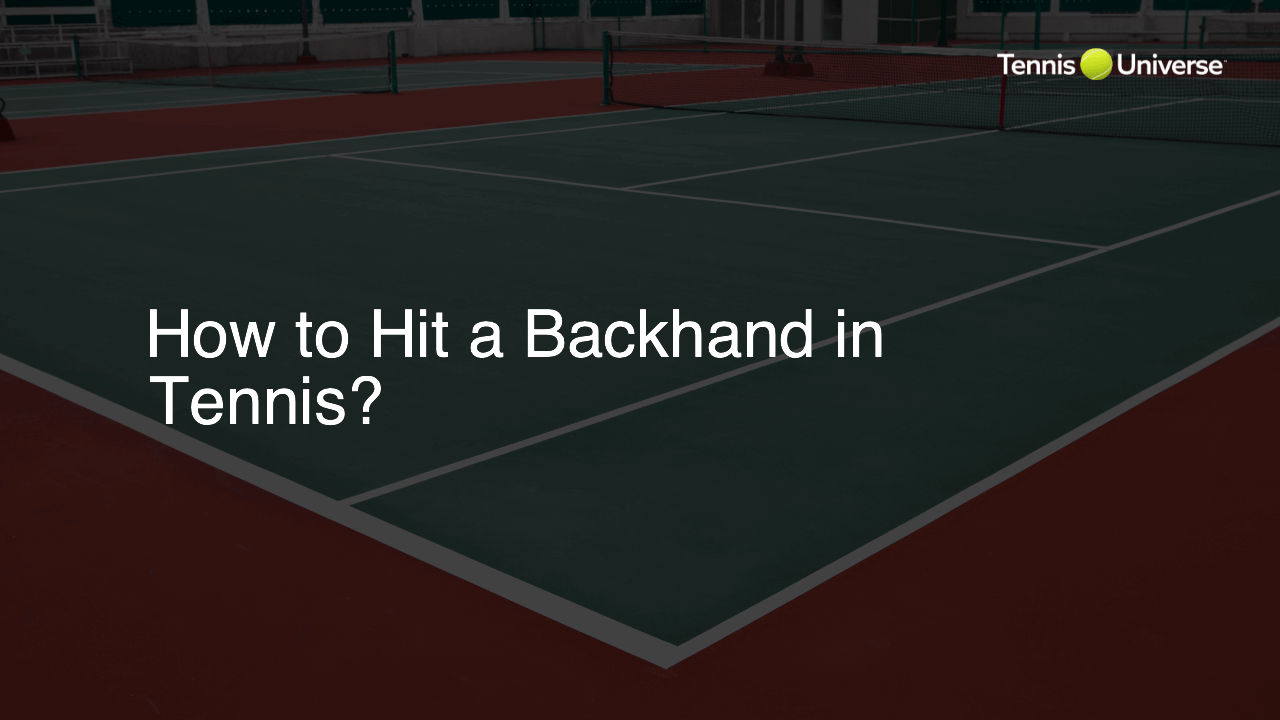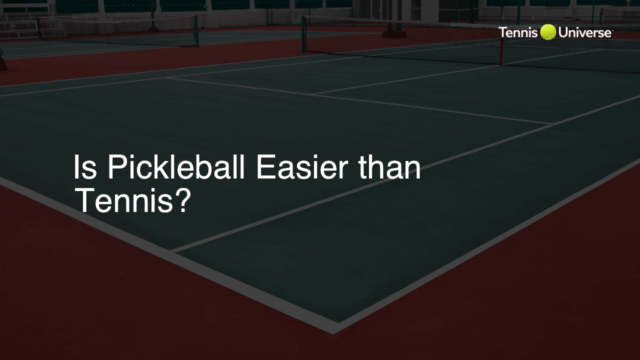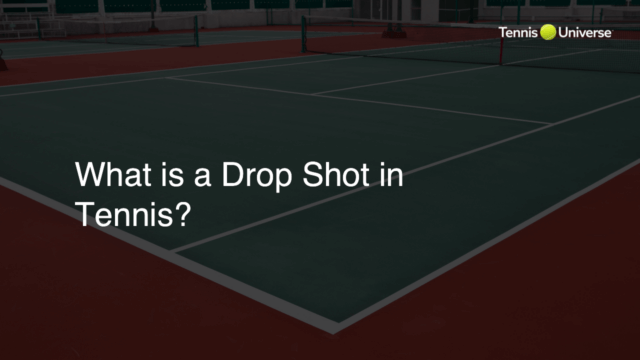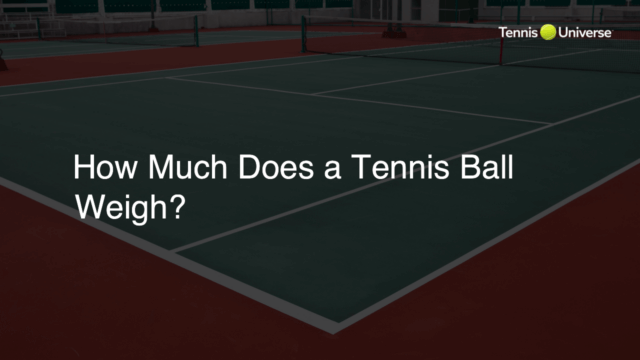To hit a backhand in tennis, follow these steps: 1. Position yourself correctly with a shoulder-width stance and knees slightly bent. 2. Grip the racket with your non-dominant hand on the base and your dominant hand above it. 3. As the ball approaches, rotate your hips and shoulders while keeping your eye on the ball. 4. During the backswing, keep a straight-arm extension and maintain a relaxed wrist. 5. Make contact with the ball in front of your body; use your body rotation and hip movement to generate power. 6. Follow through smoothly across your body.
Perfecting Your Backhand Stance
Begin by positioning yourself correctly, with your feet shoulder-width apart and knees slightly bent. This stance provides balance and stability needed for an effective backhand shot.
Grip The Tennis Racket
Hold the tennis racket with a proper backhand grip. Your non-dominant hand should grip the base of the handle, while your dominant hand rests above it, forming an ‘Eastern’ or ‘Continental’ grip.
Non-dominant Hand
The non-dominant hand’s knuckles are aligned with the bottom (1st) bevel. For the Continental grip, align the base knuckle with the 2nd bevel.
Dominant Hand
For Eastern grip, align the base knuckle of your dominant hand with the 3rd bevel. For Continental grip, align with the 2nd bevel.
Rotating Hips and Shoulders
As the ball approaches, rotate your hips and shoulders, maintaining focus on the ball. Engage your core muscles for additional power and stability.
Backswing Technique
During the backswing, keep your arm extended and avoid bending your elbow excessively. Maintain a relaxed wrist to allow for freedom of movement and power potential.
Making Contact with the Ball
Make contact with the ball in front of your body, preferably at waist height. The power of the shot comes from both the rotation of your body and the extension of your arms as you strike the ball.
Follow Through and Execution
Follow through smoothly across your body, letting your racket flow naturally. Ensure your weight transfers from your back foot to your front foot as you complete the shot.
Taking the Right Position
Anticipating the ball’s trajectory and positioning yourself for the backhand ahead of time is crucial. Be agile and adjust your footwork as needed to ensure optimal shot execution. Tennis tips for improving your positioning include practicing split-step movement and maintaining a low center of gravity when preparing for the shot.
Choosing One-Handed or Two-Handed Backhand
Determine whether you prefer a one-handed or two-handed backhand. One-handed backhands offer more reach, finesse, and use of slice, while two-handed backhands provide stability, control, and more power.
Adjusting Your Racket Swing Path
Experiment with different swing paths, such as low-to-high for topspin shots or high-to-low for slice shots. Varying your swing path based on your intended shot will result in a greater repertoire of effective backhand techniques.
Timing the Shot
Proper timing is essential to achieve a flawless backhand. Focus on waiting for the optimal moment to hit the ball, rather than rushing through the shot. Tennis tips for improving timing include practicing shadow swings and coordinating your body rotation with the oncoming ball.
Developing Muscle Memory
Consistent and repetitive practice will help develop your muscle memory, allowing your backhand shot to become more instinctual and efficient. Dedicate time to drills and exercises that target your backhand technique, and your improvement will be noticeable.
Analyzing Your Shot
Monitor your backhand progress by recording your practice sessions or matches. Analyze the footage to identify areas for improvement. It can be helpful to compare your technique to that of professional players or consult with a coach for feedback and recommendations.
FAQ Section
Here are some frequently asked questions and direct answers related to hitting a backhand in tennis, based on the information provided in this blog post.
What is the ideal grip for a backhand?
The ideal backhand grip is either the Eastern or Continental grip. The non-dominant hand’s knuckles should align with the bottom (1st) bevel for Eastern grip, or the 2nd bevel for Continental grip. The dominant hand’s base knuckle should align with the 3rd bevel for Eastern grip, or the 2nd bevel for Continental grip.
What’s the difference between a one-handed and two-handed backhand?
A one-handed backhand offers more reach, finesse, and use of slice, whereas a two-handed backhand provides increased stability, control, and power. Select the backhand type based on personal preferences and strengths.
How can I generate more power in my backhand?
To generate more power, engage your core muscles and use the rotation of your hips and shoulders as you strike the ball. Ensure your arm is extended and your wrist is relaxed, allowing for a fluid, powerful swing.
How can I improve my backhand positioning?
Practice agility and footwork, using techniques like the split-step movement and maintaining a low center of gravity. Anticipate the ball’s trajectory and position yourself accordingly for an optimal backhand shot.
What can I do to improve my backhand timing?
Focus on waiting for the optimal moment to hit the ball, practice shadow swings, and coordinate your body rotation with the oncoming ball. Repetition and deliberate practice will help you develop better timing for your backhand.











